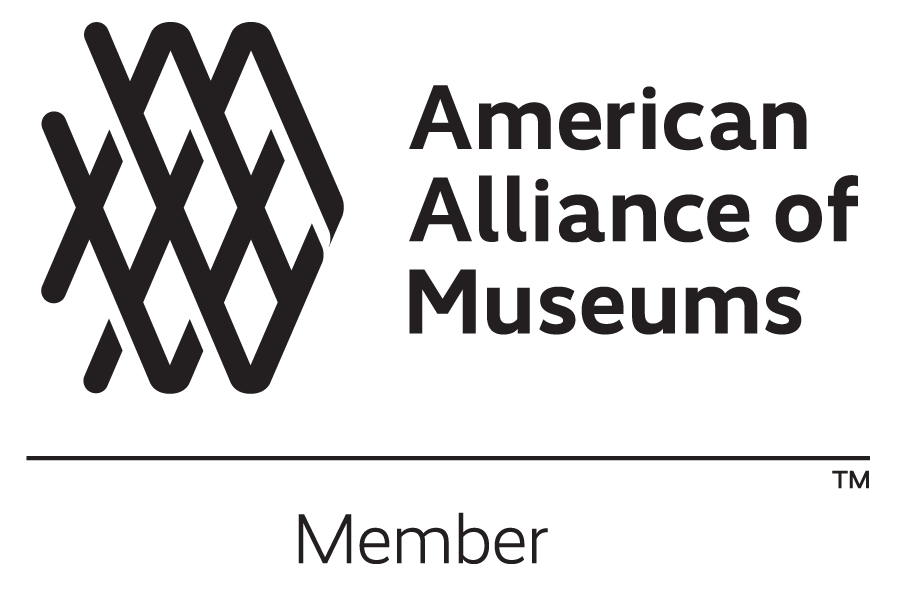The Preservation Movement
The rise of the Colonial Revival movement directly impacted the preservation efforts at Fraunces Tavern. The movement emerged around the 100th anniversary of the signing of the Declaration of Independence. At the turn of the 20th century, the nation underwent rapid urbanization, industrialization, and immigration. As a result, many Americans sought refuge in the perceived simplicity of the past. This interest ushered in the modern historic preservation movements across the country, with patriotic groups and organizations leading efforts to commemorate important sites in our nation’s history. Before this movement, public memory and commemoration were limited to battlefields and more prominent landmarks, such as George Washington’s Mount Vernon.
Melusina fay peirce, 1895.
Efforts to preserve 54 Pearl Street began in 1900 when the Daughters of the Revolution (today, The National Society Daughters of the American Revolution) turned to the American Scenic and Historic Preservation Society (ASHPS). Founded in 1895 by Andrew Haswell Green, the group was New York’s first organized preservation lobby, working to save some of the first landmarks in the area. ASHPS, an all-male organization, agreed to establish a woman’s auxiliary group. They petitioned to preserve Fraunces Tavern, the Morris-Jumel Mansion, and the Poe Cottage in the Bronx. Melusina Fay Peirce, the Auxiliary’s leader, led a campaign to acquire about half of the Fraunces Tavern Historic Block District and knock those buildings down, leaving Fraunces Tavern and creating “Patriot’s Park,” but the city denied their multiple requests. As the ASHPS worked to create a new park, Sons of Revolution℠ in the State of New York, Inc. (SRNY) continued to offer the Gardner family, the owners of 54 Pearl Street, to purchase the building with the intent of preserving the structure. Finally, in 1904 the Gardner’s agreed to sell the building to the SRNY for $80,000.







